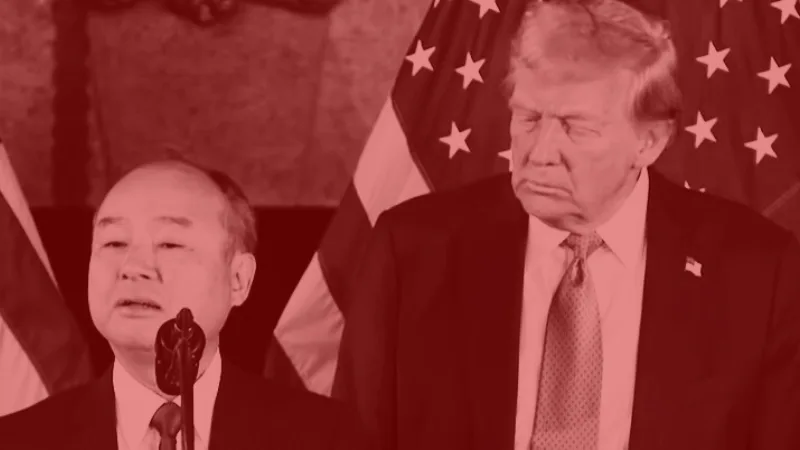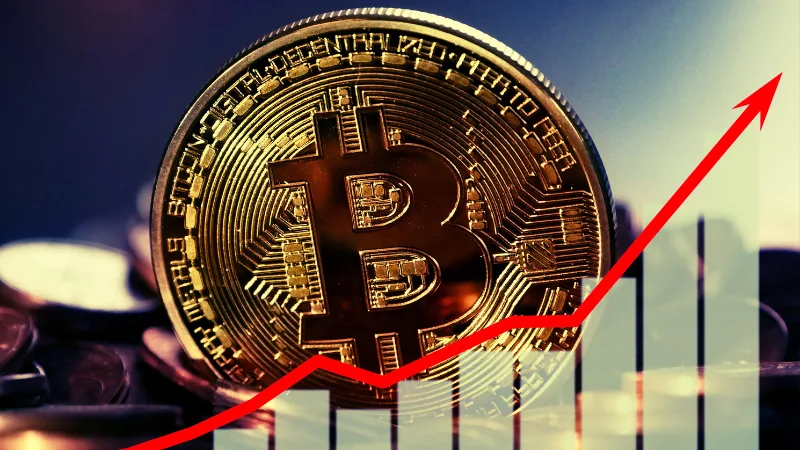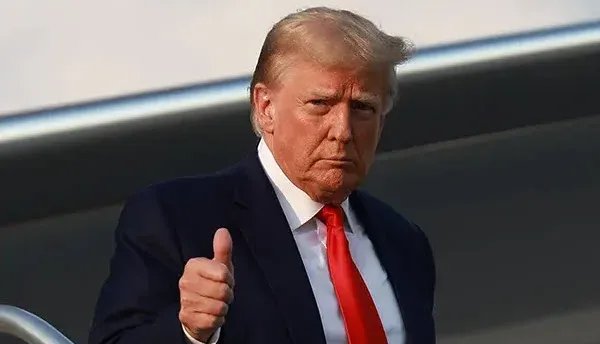On December 16, 2024, President-elect Donald Trump and SoftBank Group CEO Masayoshi Son announced a groundbreaking plan: $100 billion in U.S. technology and infrastructure investments, primarily focused on artificial intelligence (AI) and innovation. This ambitious pledge, unveiled at Trump’s Mar-a-Lago resort, comes with a promise to create 100,000 jobs across the country over the next four years.
While this announcement is being hailed as a major step toward economic revitalization, it is worth revisiting SoftBank’s 2016 pledge, which promised 50,000 jobs but delivered far less. Additionally, this is not the first time such promises have been made. On December 16, 2017, Trump and Masayoshi Son made headlines with a similar announcement, though the results fell short of expectations. Will this new commitment deliver real results, or does history suggest we should approach these promises with caution?
The New $100 Billion Investment: What It Includes
SoftBank’s latest investment will prioritize:
- Artificial Intelligence (AI): Funding tech companies driving advancements in AI-powered solutions.
- Infrastructure: Developing data centers, AI research hubs, and tech-driven construction projects.
- Tech Startups: Supporting U.S.-based technology firms, particularly in robotics, automation, and software development.
Masayoshi Son, a vocal advocate of AI, emphasized the transformative potential of these investments: “We believe AI can reshape industries and drive economic growth, and we’re excited to deepen our commitment to the U.S.”
President-elect Trump praised the deal, calling it “a monumental display of confidence in America’s future”. Trump also signaled a commitment to streamline federal permitting for companies investing at least $1 billion, aiming to accelerate growth.
How Will This Impact Americans?
If fulfilled, this $100 billion investment could bring significant benefits:
- Job Creation: SoftBank promises to create 100,000 jobs in tech, AI, and infrastructure.
- Skilled Opportunities: New roles for AI engineers, data scientists, and IT specialists.
- Indirect Employment: Infrastructure projects will generate jobs in construction, logistics, and support services.
- Technological Innovation: Investments in AI could lead to breakthroughs in:
- Healthcare: AI diagnostics, drug discovery, and personalized medicine.
- Transportation: Advancements in self-driving technologies.
- Manufacturing: Increased efficiency and automation.
- Economic Growth: The influx of foreign capital could boost local economies, raise tax revenues, and attract further investments.
- Rising Wages: High demand for skilled workers may increase wages in the tech sector, while training programs could upskill the workforce.
However, some downsides warrant consideration:
- Job Displacement: Automation driven by AI could replace low-skill jobs, widening economic inequality.
- Urban Focus: Most tech investments concentrate in major cities, potentially leaving rural communities behind.
- Environmental Strain: Infrastructure like data centers requires substantial energy and land resources.
SoftBank’s 2016 and 2017 Pledges: What Happened to the Jobs?
The $100 billion commitment draws parallels to SoftBank’s pledge in 2016, when Masayoshi Son promised to invest $50 billion and create 50,000 jobs in the U.S. following Trump’s first presidential victory. A year later, on December 16, 2017, Son reiterated similar plans, adding fuel to hopes of large-scale job creation.
While SoftBank’s investments materialized in major companies like Uber, WeWork, and Sprint, the actual job creation fell far short of expectations. Many of SoftBank’s investments supported existing tech companies rather than creating entirely new opportunities.
- WeWork Collapse: Despite SoftBank’s multibillion-dollar backing, WeWork’s valuation crumbled, leading to job cuts rather than growth.
- Tech Industry Dynamics: Investments in automation and AI often prioritize efficiency over workforce expansion.
Critics argue that while the 2016 and 2017 investments boosted U.S. tech giants, they failed to deliver meaningful, widespread job creation for American workers. This raises important questions about SoftBank’s new $100 billion pledge:
- How many jobs will actually be created?
- Will those opportunities reach diverse skill levels, or remain limited to tech professionals?
- Are we repeating history by overestimating foreign investment’s impact?
Potential Risks and Downsides
While the investment brings optimism, there are potential challenges:
- AI Job Displacement: Automation and AI advancements may eliminate jobs in sectors like manufacturing, transportation, and customer service.
- Foreign Influence: A large portion of SoftBank’s Vision Fund backing comes from Saudi Arabia’s Public Investment Fund (PIF), raising national security and dependency concerns.
- SoftBank’s Track Record: The company has faced high-profile failures, such as WeWork, which could repeat with speculative investments.
- Economic Inequality: Investments may benefit urban tech hubs, leaving rural areas and less-skilled workers behind.
- Environmental Costs: Infrastructure development, like data centers, places strain on natural resources and energy grids.
Proceeding with Cautious Optimism
SoftBank’s $100 billion investment announcement is a bold and ambitious step with the potential to transform the U.S. economy. If successful, it could generate 100,000 jobs, fuel technological advancements, and attract further global investment. However, the underwhelming results of SoftBank’s 2016 and 2017 commitments highlight the importance of managing expectations and ensuring real, tangible benefits for American workers.
As AI and automation take center stage, the U.S. must balance innovation with policies that protect workers, promote equitable growth, and safeguard national security.
Sources:





